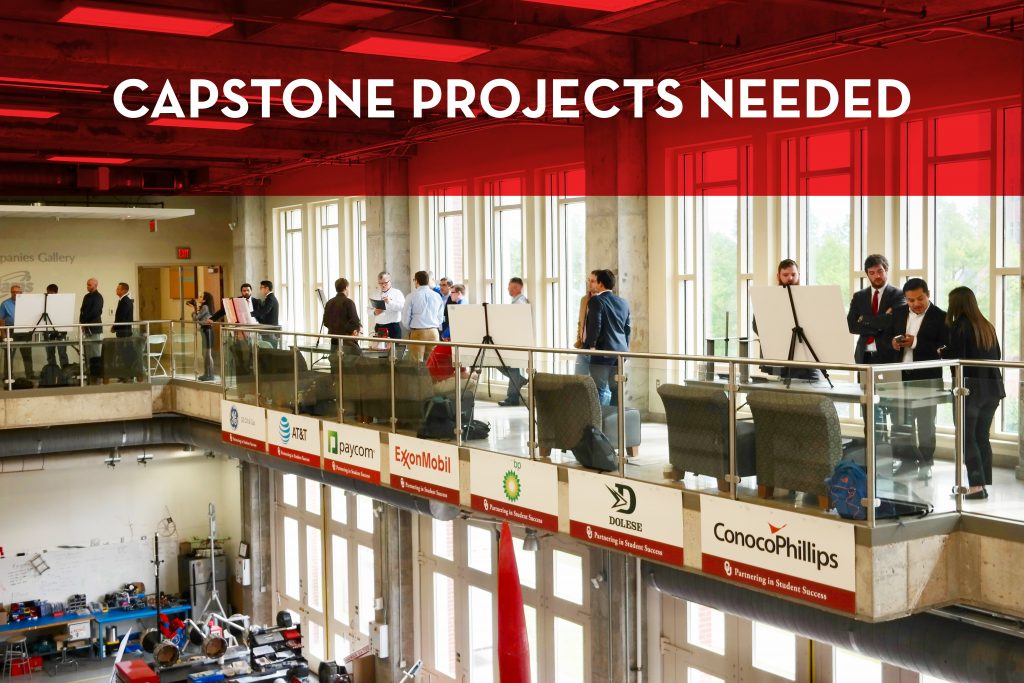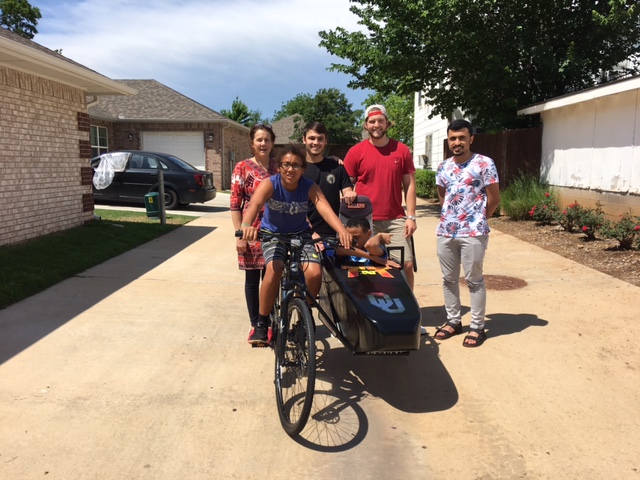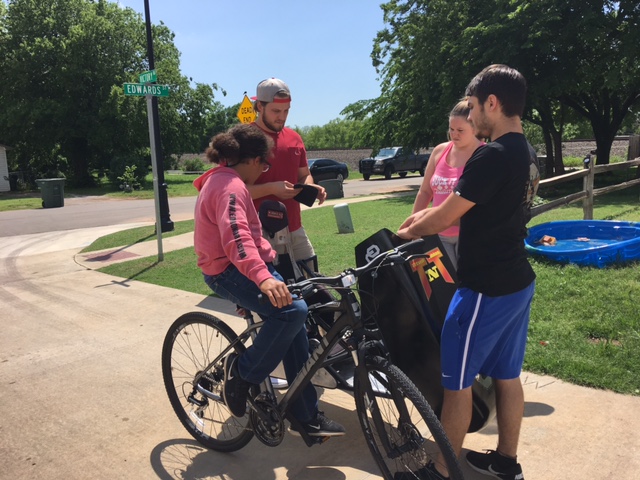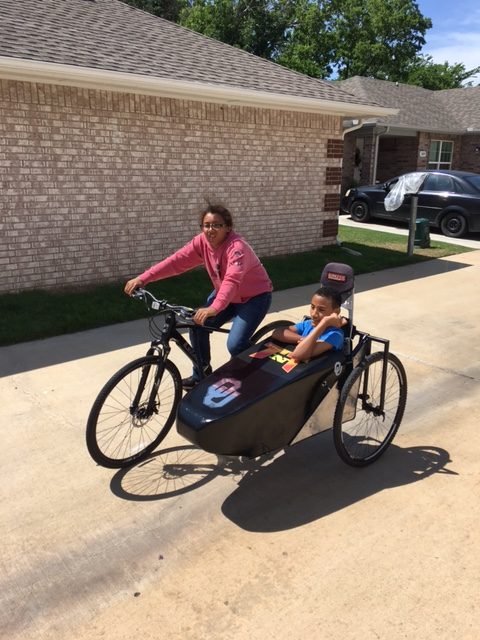 On July 14, 2017, the Bergey Aerospace BA-14-001 “COUGAR” conducted its first flight from the local Max Westheimer airport marking the start of its flight test program, and the continuation of a project that has been with the University of Oklahoma’s College of Engineering School of Aerospace & Mechanical Engineering for nearly two decades.
On July 14, 2017, the Bergey Aerospace BA-14-001 “COUGAR” conducted its first flight from the local Max Westheimer airport marking the start of its flight test program, and the continuation of a project that has been with the University of Oklahoma’s College of Engineering School of Aerospace & Mechanical Engineering for nearly two decades.
Well-known as one of the original designers of the Piper Cherokee, retired AME professor and president of Bergey Aerospace, Karl H. Bergey, first envisioned the high-cruise-speed, 4-seat, propeller-driven aircraft in the 1990’s as an enhanced Piper Arrow capable of a true 200 mph or greater cruise speed. He solicited the help of OU engineering students over the years to complete the design, construction and now test flights of the aircraft.
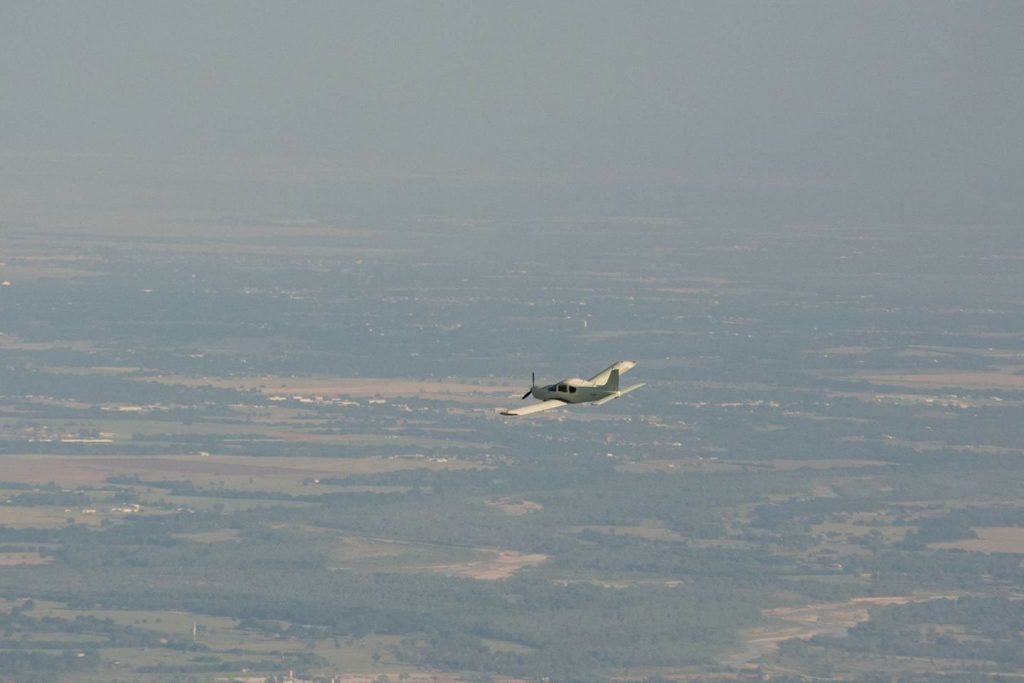
According to Jawanza Bassue, volunteering project engineer and 2017 OU AME M.S. graduate, “The COUGAR has and continues to be a teaching tool for Oklahoma’s students – not just at the OU College of Engineering but, for life-long-learners (including OKC MetroTech Aviation Campus students) who have volunteered their time and efforts to see the aircraft to this point – I thank them all for what we’ve done together.” He recognizes the recent contributions of Jet Black Machine, Quality Aircraft Accessories, the FAA (especially the contributions of OU AME Board Member and Mike Monroney Aeronautical Center Director Michelle Coppedge), the OU Information Technology Department and the School of Aerospace & Mechanical Engineering. “It’s my hope that the College of Engineering will find more great ways for our students to benefit from having this platform available. I’m interested in hearing what the OU COE community has in mind for continued student involvement in this project – true course credit for flight test engineering-related activities and the opportunity to build another aircraft are all entirely possible. It’s not everyday students and volunteers get to take some credit for getting a 3000 lb, 35 ft wide aircraft airborne and we should be very proud of that.”

The aircraft was displayed at the Aircraft Owners and Pilots Association (AOPA) fly-in September 8-9 in Norman at the Max Westheimer Airport – an event that was open to the public and drew thousands of aviation enthusiasts as well as other airshows from across the Nation. For updates and information follow the Bergey Aerospace Facebook page or visit www.bergeyaero.com.
Written by: Jawanza Bassue
